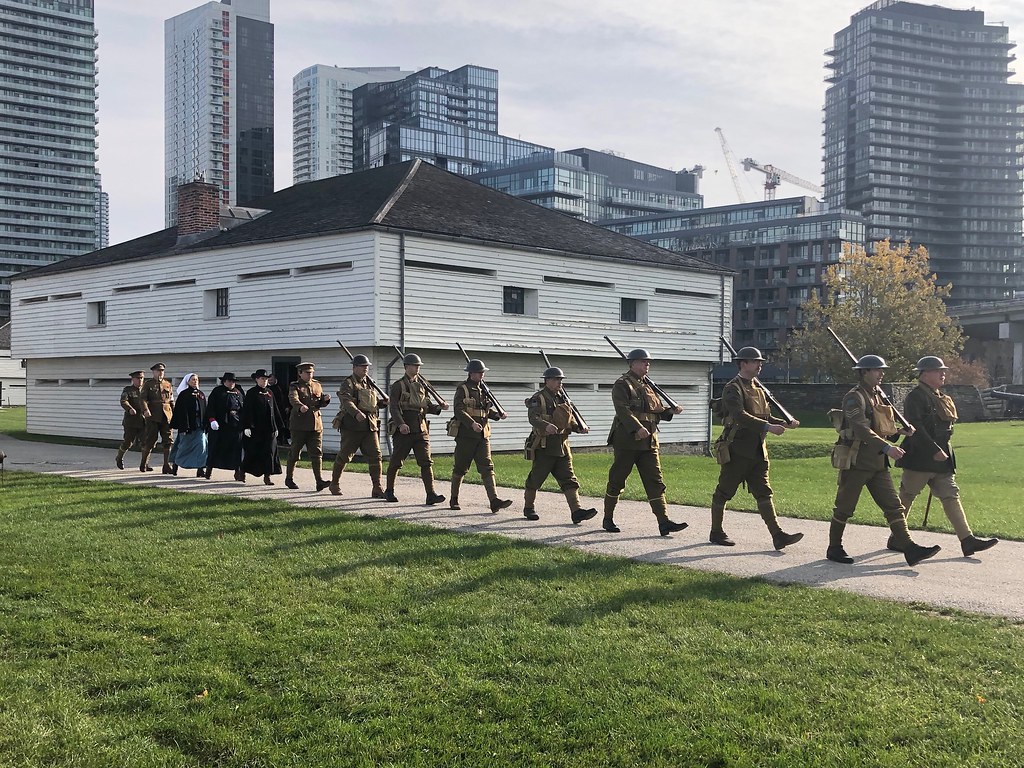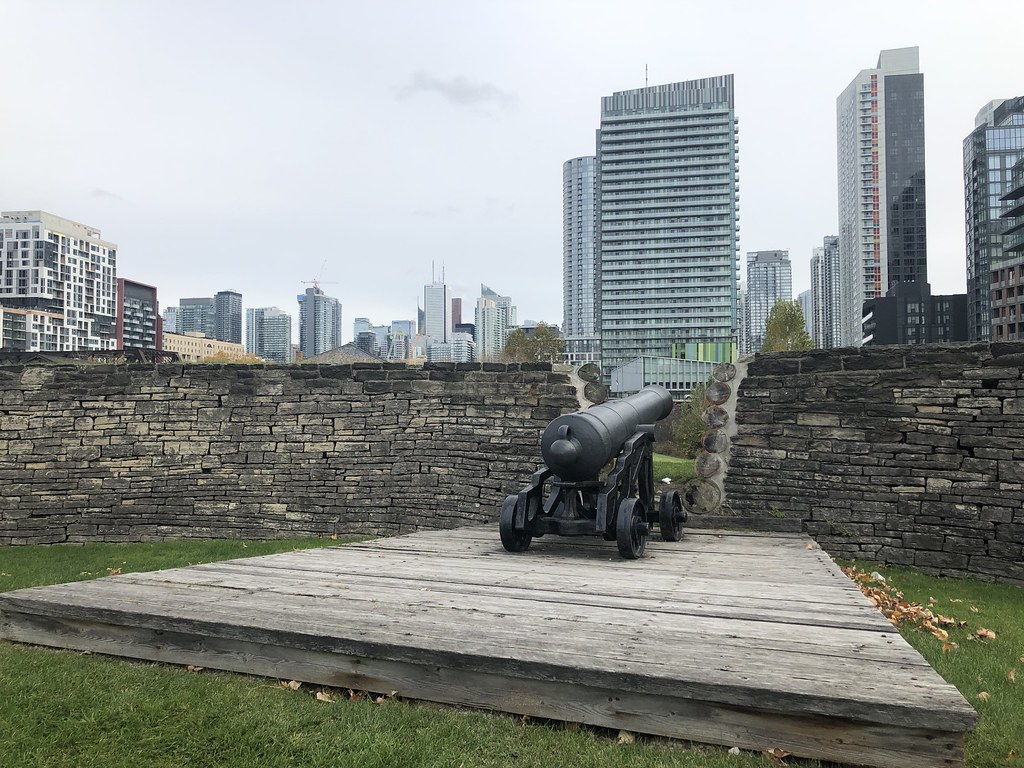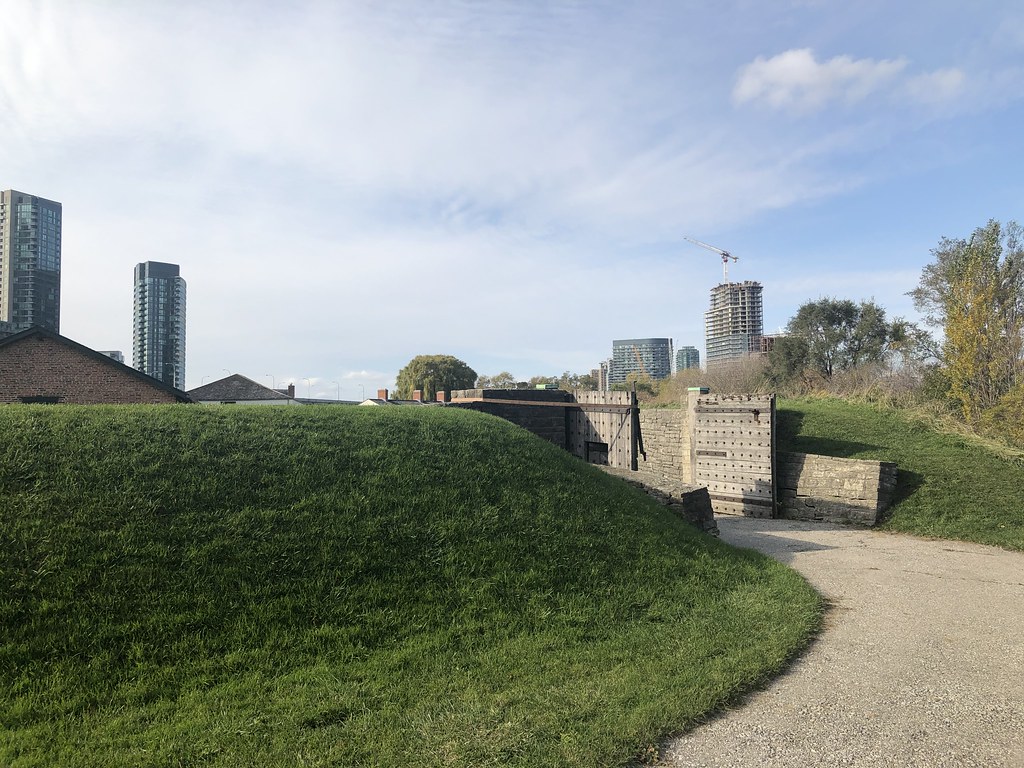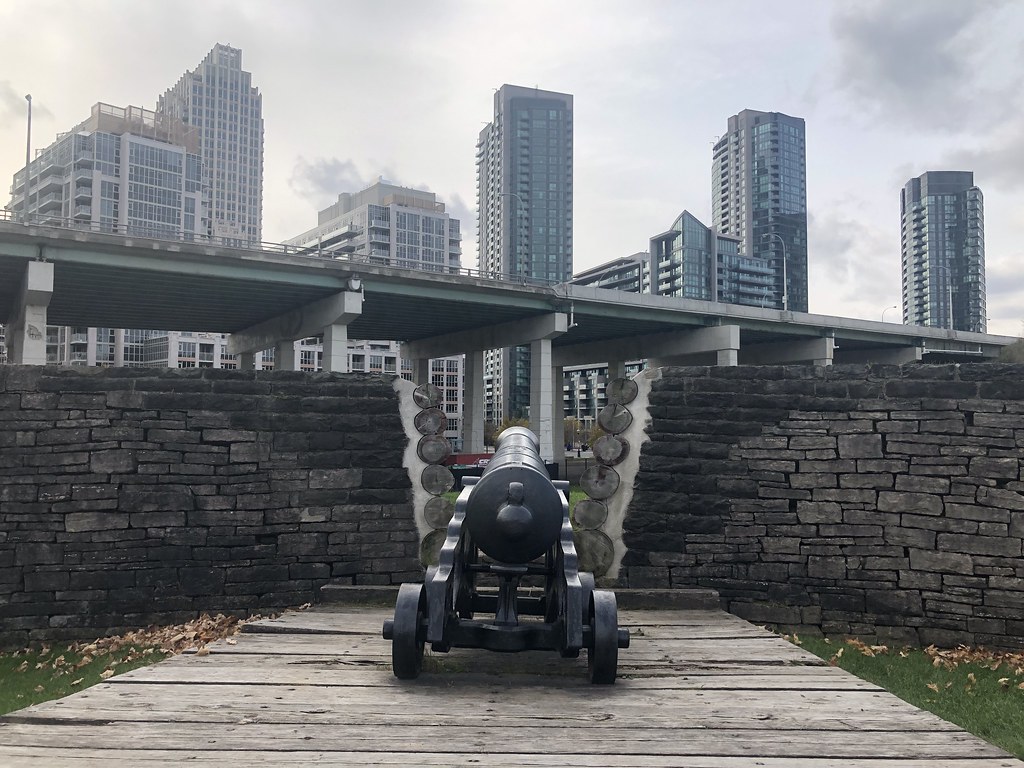A Month of Sheltering In Place
Posted by Richard on Monday, 13 April 2020Even though I'm Canadian, I've long preferred the American expressions for things. A "furlough" is the temporary leave of absence that employees don't choose, and in recent times has referred to employees during government shutdowns in the United States. I think "donut" is a funnier way to spell doughnut, which is the Canadian spelling. And "shelter in place" is a term I learned during the days after the Boston Marathon bombing, and is my preferred term for "stay at home" or "lockdown" during the COVID-19 pandemic.1
My first day of working from home full time was March 13th, a month ago today. My manager knew which way the wind was blowing, and beat the wider company's order to work from home by a week. Our organization, Customer Service, has a lot of experience working from home, as many of us working from home once a week before the pandemic to begin with, plus others on my team not located in Toronto or Boston had their home office setup already.
I find myself well-placed for this. I've tried to avoid the words "privileged" or "lucky" because, while undeniable, they don't fully account for decisions I made in the four years of living in Toronto. One of them was to establish a space in my apartment for working. Another was to start the habit of buying in bulk for necessities and get them delivered on a regular basis. A third decision was to learn how to cook for myself. In a previous life, I ate out tremendously, and knew how to cook maybe one meal that wasn't macaroni & cheese. Now, my fridge is half full of ingredients to cook (with deliveries each week) and half full with leftovers. (The third half is taken up by beer.) Twentysomething Richard would marvel at the full fridge and the fact that I have a full set kitchen utensils that I use regularly.
The other aspect that puts me well-placed is introversion. I've overheard people on the street say it has been hard for them as an extrovert to have to stay home all day and not have an office to go to and the ability to visit friends. On the flip side, however, as the crisis started, I saw the jokes by introverts who mockingly asserted this should be easy for them, since they were used to being alone and now get to do it all the time. I had a hard time with those jokes.
Introversion (being comfortable with being alone) is not the same thing as shyness (anxiety about establishing new relationships and maintaining existing ones). In the first couple of weeks, my social anxiety took a back seat to anxiety about the pandemic. I found that frustrating because, due to an overly anxious Valentines Day, I resolved to restart the work I had done about the social anxiety. I'm less anxious about the pandemic after considering what I have control over, such as washing my hands, staying away from crowds, "s o c i a l d i s t a n c i n g" (which sounds funnier when said ominously), and muting keywords related to The Virus on Twitter. I've also accepted I don't have control over when we will sufficiently flattened the curve, or when therapies or a vaccine become available. I've done and will continue to do everything health authorities have asked of me, all the while keeping an eye on the impact to civil liberties.2 The improving weather will be a test for Canada's resolve to stay away from crowds or travel unnecessarily. It will test my resolve. Now that pandemic anxiety has subsided, it won't be easy to work on my social anxiety, as there the number of social situations in which I meet new people are going to be few and far between. I can still work on the feelings associated with it, though.
Other aspects of my current life that have me well-placed:
- Two bookshelves full of books and DVDs, at least a quarter of them unread and unwatched, and a long-enough watchlist.
- Friends and family who not only check on me but care about me
- A job which keeps me busy during the day, and that I can effortlessly do remotely, with a reduced cost of living (which I haven't fully understood) and savings that make it possible for me to donate to food banks.
I'm grieving for a lot of things as a result of this: the quiet that now surrounds my apartment, making downtown Toronto feel like a small town; having to work from home when I moved here so I could work in an office; no in-person gatherings of any kind; the oxygen that the crisis sucked out of the news and conversations; travel plans I've had to cancel and visits by family that are a lot less certain now. The opportunity is in time gained. I don't plan on starting any new hobbies, but rather jump-starting old ones, like synthesizers and running.
Walking and exercising outside hasn't been cancelled. Cooking isn't cancelled. The economy collapsed but Canada's social safety net kicked into overdrive. Medical science around the world has been put on hold to work almost exclusively on one problem. People in Toronto, as they so often do, are more or less coming together. My balcony hasn't been cancelled. So I'm still optimistic in the ethic sense of the word. We'll get through this because we, at least in Canada, are embracing the challenge, and when we embrace the challenge, our track record is very good.
-
I also liked "shutdown" for a while, seeing as how we weren't locked in our homes, but rather anything that involved lingering, such as restaurants or concert venues or libraries or art galleries, were shut down. "Shelter in place" quickly replaced that in my mind, though. ↩︎
-
I'm signing up for decentralized privacy-preserving proximity tracing the day it becomes available. ↩︎








 I named my team Paper Towels after the time that Trump “shot” paper towels to people waiting for provisions in Puerto Rico, with my icon being the paper towels as they leave the President’s hands. It symbolized a moment where he thought he was helping, was enjoying the moment, but seems to have misread the seriousness of the situation. Or maybe he didn’t care. It’s an iconic moment in my mind, so I wanted to memorialize it.
I named my team Paper Towels after the time that Trump “shot” paper towels to people waiting for provisions in Puerto Rico, with my icon being the paper towels as they leave the President’s hands. It symbolized a moment where he thought he was helping, was enjoying the moment, but seems to have misread the seriousness of the situation. Or maybe he didn’t care. It’s an iconic moment in my mind, so I wanted to memorialize it.

